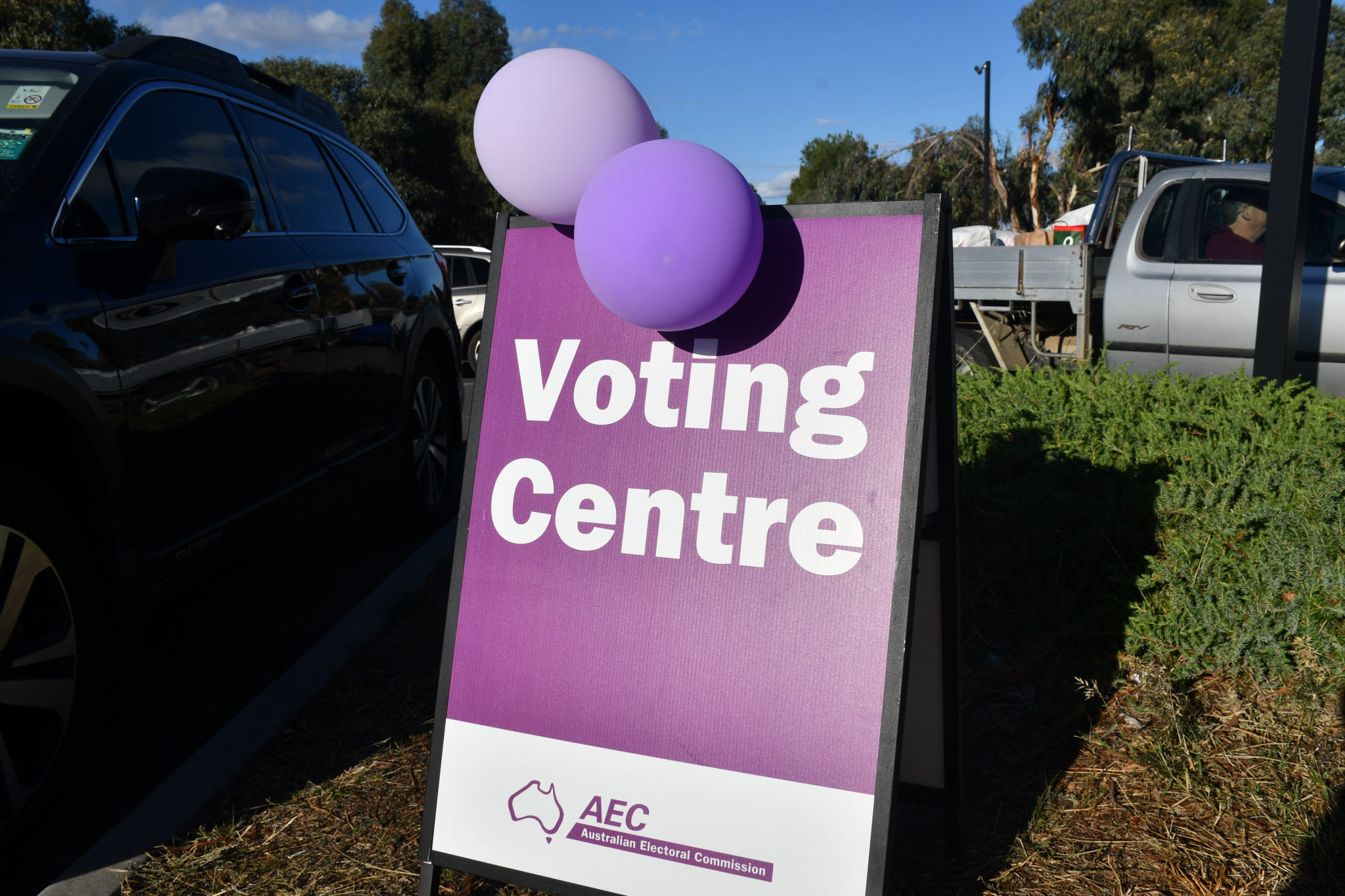General News
9 May, 2025
How did Central Goldfields residents vote in the weekend’s federal election?
Despite a decisive win for The Nationals in Mallee the party saw a slight decline in many local polling places.

As the count stops across Mallee, The Nationals’ Dr Anne Webster has come out with a decisive victory — but how decisive was it?
Entering her third term, Dr Webster has been increasingly preferred by Mallee residents since she first won the seat in 2019.
The results from the recent federal election has Dr Webster winning the seat on first preference votes alone at 50.74 percent — securing 69.84 percent of the two candidate preferred (TCP) vote.
This means enough Mallee residents put Dr Webster as their first preference that she won an absolute majority in the first count.
However, in the Central Goldfields Shire The Nationals candidate, while still winning most of the polling places, has seen a slight decline in preference across local ballot boxes with a few outliers bucking the trend.
Maryborough’s three polling stations all saw a decline for The Nationals’ candidate, some even going to Labor.
The polling places of Maryborough, Maryborough East, and Maryborough PPVC all saw a slight decline in first preference and TCP voting for Dr Webster.
Compared to 2022, Dr Webster dropped almost five percent in the first preference count at Maryborough and almost eight percent in Maryborough East.
This seems to have been enough for Labor’s candidate Greg Olsen, who only secured 30.16 percent TCP vote overall, to be the preferred candidate of the two at these polling stations by the slightest of margins — as little as less than one percent.
Maryborough PPVC saw Dr Webster win the TCP vote with a decline in preference of less than one percent while the first preference count saw a decline of almost four percent.
Another small victory for Mr Olsen was in Talbot. Talbot has preferenced Labor, in declining numbers, since at least the 2019 federal election. This year was no different with Mr Olsen securing 50.32 percent of the TCP vote, less than the last two federal elections.
While Dr Webster saw a slight decline in the first preference count, compared to 2022 there was a slight increase in the TCP vote, just 0.09 percent, making for a tightly contested polling station.
In another success story, this time for The Nationals, Carisbrook residents have swung their vote from the Labor party in the last two federal elections to Dr Webster.
From 46.21 percent of the TCP vote in 2019, to 47.31 percent in 2022, to a clear majority of 57.80 percent in 2025.
However, the story for polling places in Dunolly and Bealiba, although still preferencing The Nationals, was one of slight declining preference.
In Dunolly, Dr Webster’s TCP vote dropped almost four percent while Olsen’s increased by around the same.
Bealiba’s story is much the same, although Dr Webster’s TCP vote dropped by around 4.5 percent while Mr Olsen’s increased by the same.
Briefly heading over to the Pyrenees Shire, Avoca’s polling station shares much the same story.
Despite taking the majority of the TCP vote The Nationals candidate saw decline in both first preference count and the TCP vote — almost six percent for the former and almost three percent for the latter.
However, these results are only a slight localised trend for what has been a big win for The Nationals’ candidate.
Following the election, Dr Webster said Mallee has one of the largest margins for a Coalition seat in the nation while being one of only a few seats to swing towards the party.
“I am humbled that Mallee has voted for me to represent them for the next three years,” she said.